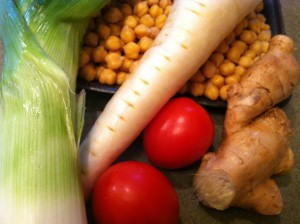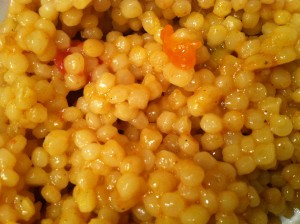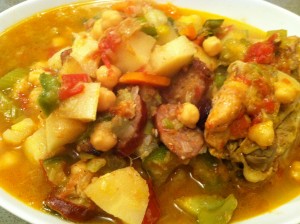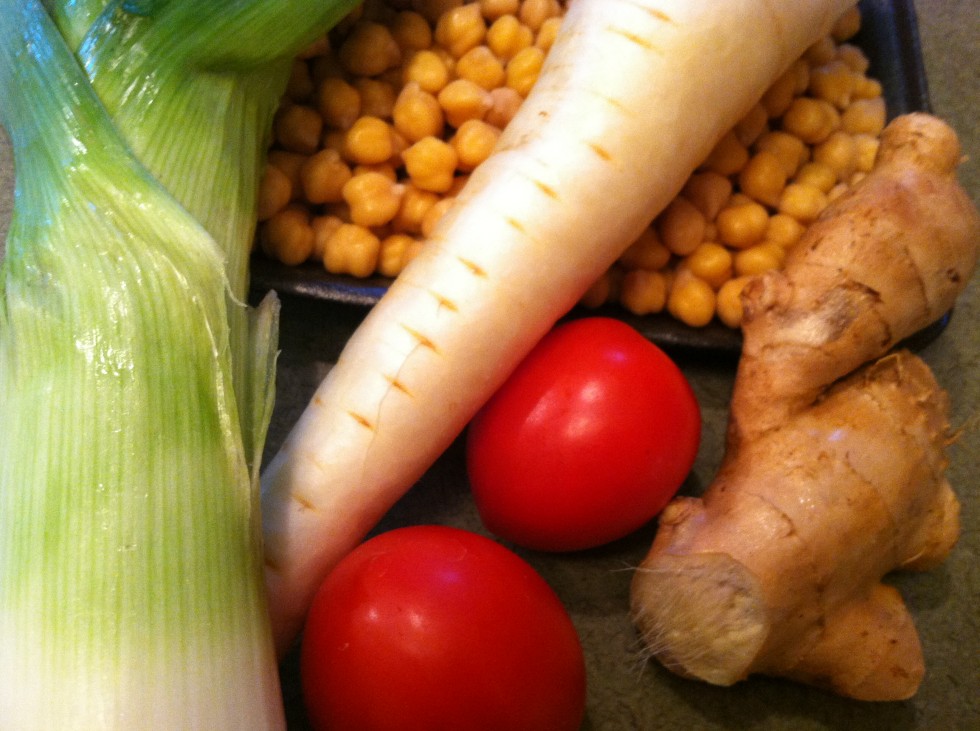Dear Diary,
At the risk of making James Beard jealous (and honestly, I’m a little worried that I’m more committed to our current relationship than he is), I would really like to say a few words about my feelings for Craig Claiborne. Much more so than JB, he was one of the Gods of my childhood, because he sat somewhere in the hallowed halls of The New York Times, the taste-making Mt. Olympus of the entire East Coast, and from there he showered down recipes that my mother fairly religiously clipped out of the  newspaper and occasionally remembered to tape to index cards for her recipe card box and once in a blue moon actually tried to make. I don’t remember any that she actually did make, but I definitely remember that when his name was invoked, it was because there were people coming over whom we needed to impress. It is more common now to recall that one always worshipped Julia Child, but in our household I believe JC was never taken quite seriously owing to her lack of the Times credential. Claiborne–with his sidekick Pierre Franey–ruled the Land of Butter and Shallots.
newspaper and occasionally remembered to tape to index cards for her recipe card box and once in a blue moon actually tried to make. I don’t remember any that she actually did make, but I definitely remember that when his name was invoked, it was because there were people coming over whom we needed to impress. It is more common now to recall that one always worshipped Julia Child, but in our household I believe JC was never taken quite seriously owing to her lack of the Times credential. Claiborne–with his sidekick Pierre Franey–ruled the Land of Butter and Shallots.
This makes it somewhat ironic that my lifelong love affair with Craig Claiborne has been based on one recipe of his that appears in–of all his exotic and decadent cookbooks–the one called Craig Claiborne’s Gourmet Diet. This is the one he published in 1980, when “faced with the  reality that, because of hypertension, he would have to adhere to strict dietary restrictions with the usual boring food or suffer the consequences.”
reality that, because of hypertension, he would have to adhere to strict dietary restrictions with the usual boring food or suffer the consequences.”
I was in college in 1980, living in a dorm and not cooking much of anything, but it was the height of sophistication to get invited to dinner by off-campus friends, because the mere presence of pots and pans and four mismatched plates and candles and a bottle of Almaden enveloped all of us in the sense that we were grown-ups now, enacting dinner rather than having it imposed upon us. The actual dinner didn’t even have to be that good, but I remember to this day arriving at the apartment of my friend Jess, with whom I had spent many happy evenings in Paris the previous summer eating couscous in the student quarter, to discover that he had actually made couscous for dinner.
This was a complete paradigm shift for me. Up until then, I had considered myself pretty sophisticated because I did know what butter and shallots were and what went into a souffle or a quiche; French cooking was the very definition of culinary enlightenment. But this fragrant and complicated stew, perfuming the apartment with ginger and cumin, brightened with saffron, packed with surprising little chickpeas and–really, were those raisins?–no! currants!–and that it wasn’t some vague American shadow of the dish we had practically lived on in Paris, but tasted absolutely authentic–all of that was just mind-boggling to me.
I was sure that Jess–who was determined to work for the State Department and eventually did–had secret Moroccan sources for this recipe, which he had probably translated in his head from the Arabic. But in fact, he revealed a little sheepishly, he had found it on page 74 of Craig Claiborne’s Gourmet Diet.
I have worn out three copies of the book since then: all of them dying honorable deaths pulled apart at the seams, stained with olive oil splatters and yellow turmeric fingerprints. Probably, if allowed to take one recipe to a desert island, I would take this one, because it is essentially as humble as any stew, yet every bit splendid enough for guests; expansive enough for crowds; ample enough (if you didn’t have a crowd) for leftovers that keep getting better and better every day for up to a week; and scalable for whatever set of food issues you may encounter among those you intend to serve it to. You can make it vegetarian, or chickenatarian, or throw in a bunch of gluttonous sausage. If the actual couscous  pasta it’s intended to be served with doesn’t work for someone, you can substitute rice; or if you’re going low-carb, just eat it basically as soup. It’s nicest with the whole selection of recommended vegetables, but flexible enough so you can leave out a couple if you don’t have them, or substitute–as I did tonight when the market didn’t have turnips and I threw in a parsnip instead.
pasta it’s intended to be served with doesn’t work for someone, you can substitute rice; or if you’re going low-carb, just eat it basically as soup. It’s nicest with the whole selection of recommended vegetables, but flexible enough so you can leave out a couple if you don’t have them, or substitute–as I did tonight when the market didn’t have turnips and I threw in a parsnip instead.
I’ve never actually tried Craig Claiborne’s Gourmet Diet, per se–I mean, as a diet. The book is full of other recipes that look interesting, but somehow I can never imagine that any of them could possibly be as perfect as the couscous, so even now, on my third copy of the book, I have never once been tempted to make a single other Craig Claiborne recipe than this–the one with which he wooed and won me.

